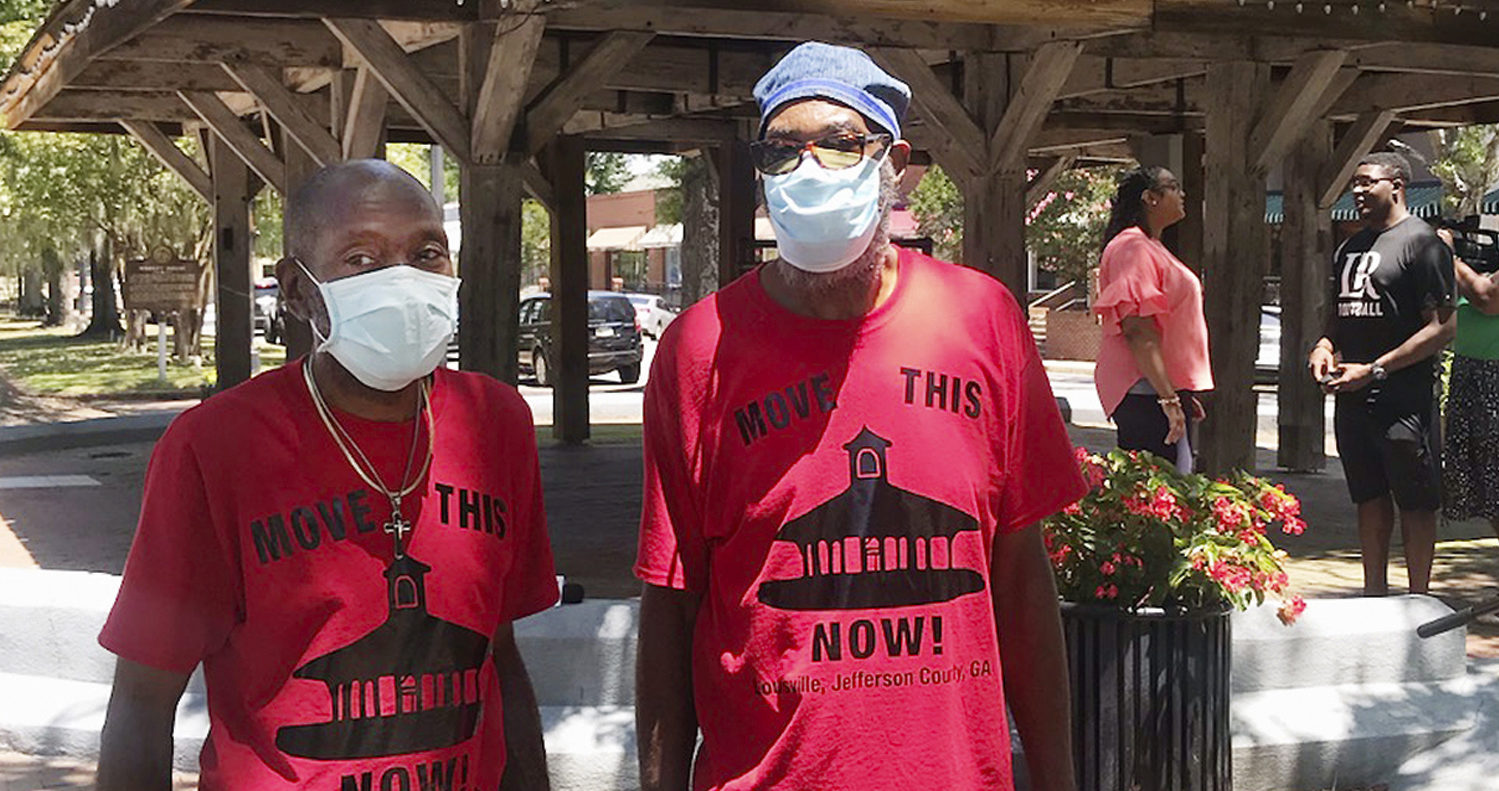
Georgia City To Remove Rare 18th-Century Pavilion Where Slaves Were Sold
Officials in a small city in rural Georgia have voted to remove a rare, 18th-century pavilion where slaves were once sold, though the decision must still clear legal hurdles, the city administrator said Wednesday.
The Louisville City Council at its meeting on Tuesday night voted 4-1 to take down the Market House from the downtown area, City Administrator Richard Sapp said.
The open-air, gazebo-like structure dating back to the late 1790s lies in the middle of a roadway and is listed as a historic site by federal officials.
Sapp said the city needs to check with transportation officials and make sure the removal does not run afoul of historic preservation rules. He was hopeful that process could be completed in a month.
The city also needs to come up with a plan for what to do with the structure, he said.
Some members of a committee tasked with making a recommendation to city officials had called for it to be relocated to a museum built in the community.
The City Council’s decision came amid a push to remove Confederate monuments in the South after George Floyd’s death.
Critics said the Market House was a reminder of a painful part of the country’s history and didn’t belong in downtown Louisville — a city of roughly 2,500 people about 50 miles southwest of Augusta.
Residents who wanted to keep the Market House at its existing location cited its historical value and said it could serve to teach a valuable lesson about the country’s past.
The structure was built between 1795 and 1798 and served as the center of commerce in Louisville when it was briefly Georgia’s state capital, according to documents filed with the U.S. Department of Interior in 1977 nominating it for the National Register of Historic Places.
It was used to sell slaves, land and household goods, according to the nomination.
As of 1977, much of the timber used in its construction remained, though it had been reinforced with iron.
The nomination called it “one of few extant structures of its type and purpose in the United States,” citing its age and excellent state of preservation, among other factors.
The Western Journal has reviewed this Associated Press story and may have altered it prior to publication to ensure that it meets our editorial standards.
Truth and Accuracy
We are committed to truth and accuracy in all of our journalism. Read our editorial standards.
Advertise with The Western Journal and reach millions of highly engaged readers, while supporting our work. Advertise Today.












